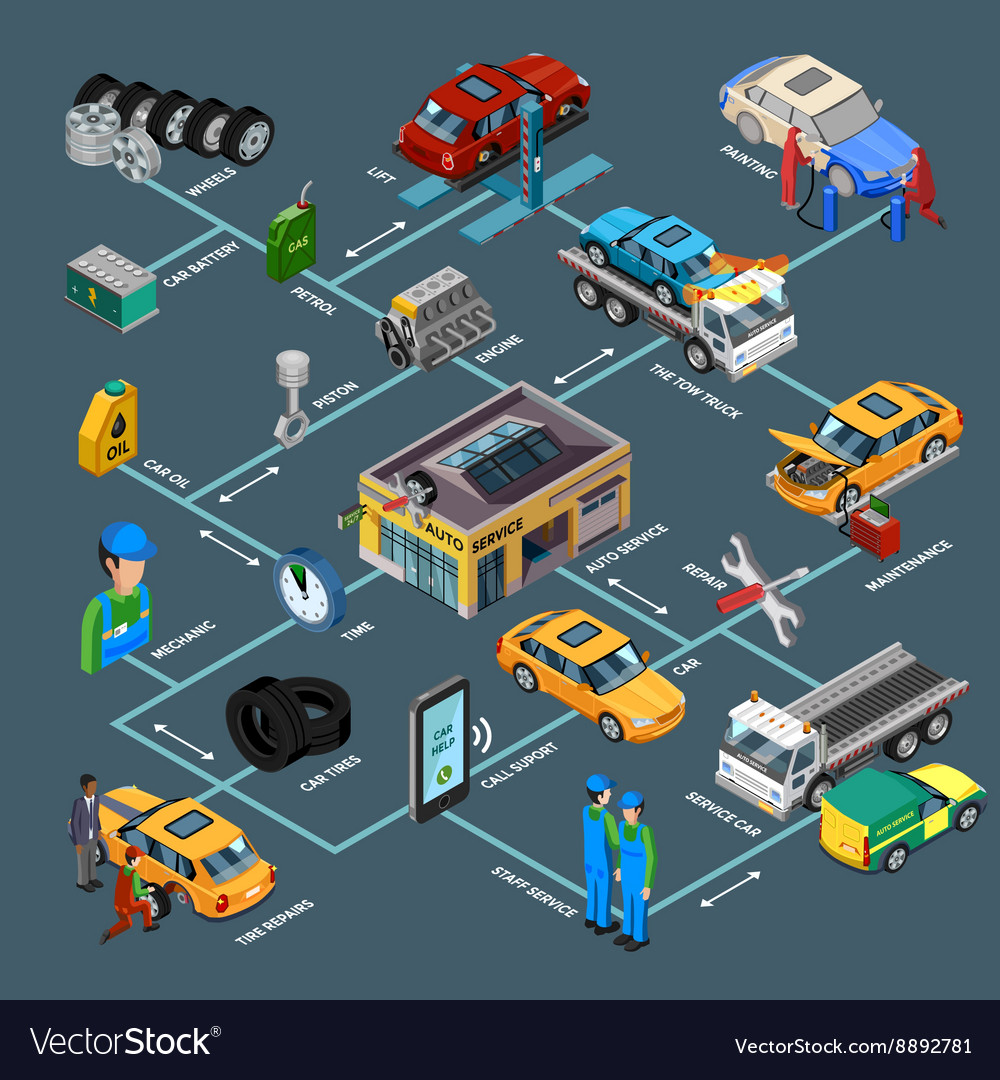Grasping The Importance Of Your Vehicle'S Warning Signals: What They In Fact Represent
Grasping The Importance Of Your Vehicle'S Warning Signals: What They In Fact Represent
Blog Article
Authored By-Lauritsen Gilbert
When you're behind the wheel, those beautiful caution lights on your dashboard can be a bit puzzling. Do you know what they're trying to tell you about your auto's health? Understanding the value of these lights is essential for your safety and the longevity of your automobile. So, the next time among those lights turns up, would not you want to analyze its message properly and take the required steps to resolve it?
Common Caution Lighting and Interpretations
Identify typical caution lights in your cars and truck and understand their definitions to make sure secure driving.
The most common caution lights include the check engine light, which signifies issues with the engine or discharges system. If this light comes on, it's critical to have your lorry examined immediately.
The oil stress advising light indicates low oil pressure, needing prompt attention to avoid engine damages.
https://www.torquenews.com/14093/how-auto-parts-hoarding-toyota-and-other-cars-could-become-thing-2022 flashing battery light could suggest a faulty charging system, possibly leaving you stranded otherwise resolved.
The tire pressure monitoring system (TPMS) light signals you to low tire pressure, affecting car stability and fuel performance. Overlooking this might lead to dangerous driving conditions.
The abdominal light suggests a trouble with the anti-lock stopping system, compromising your ability to quit swiftly in emergency situations.
Finally, the coolant temperature cautioning light warns of engine getting too hot, which can lead to serious damage otherwise dealt with promptly.
Understanding these usual caution lights will aid you attend to problems promptly and maintain safe driving conditions.
Relevance of Prompt Focus
Understanding the usual caution lights in your automobile is only the very first step; the significance of immediately attending to these warnings can not be emphasized sufficient to guarantee your safety on the road.
When a caution light brightens on your control panel, it's your vehicle's method of connecting a possible problem that requires attention. Ignoring these cautions can bring about a lot more severe issues in the future, endangering your security and possibly costing you more in repairs.
Motivate attention to alerting lights can prevent breakdowns and crashes. For car cleaning shop , a blinking check engine light might show a misfire that, if left neglected, can cause damages to the catalytic converter. Addressing this without delay can save you from a costly repair service.
Similarly, a brake system cautioning light may signal low brake liquid or worn brake pads, vital components for your safety when driving.
DIY Troubleshooting Tips
If you observe a caution light on your control panel, there are a few do it yourself fixing suggestions you can attempt before seeking professional help.
The very first step is to consult your car's guidebook to comprehend what the specific warning light shows. Occasionally the concern can be as easy as a loose gas cap causing the check engine light. Tightening up the gas cap may solve the problem.
One more common issue is a low battery, which can activate various alerting lights. Checking the battery links for deterioration and ensuring they're secure could fix the problem.
If a warning light continues, you can attempt resetting it by separating the auto's battery for a couple of mins and then reconnecting it. In addition, inspecting your lorry's fluid degrees, such as oil, coolant, and brake liquid, can help repair advising lights connected to these systems.
https://brakesandrotors51728.blogdeazar.com/30395717/exposing-the-crucial-element-of-a-first-class-automobile-repair-shop-experience , understanding your car's caution lights is vital for keeping your vehicle running efficiently and securely. By quickly attending to these signals and understanding what they mean, you can prevent costly repair work and prospective malfunctions.
Remember to consult your auto's guidebook for particular information on each alerting light and do something about it as necessary to make sure a trouble-free driving experience.
Remain informed, remain safe when driving!
